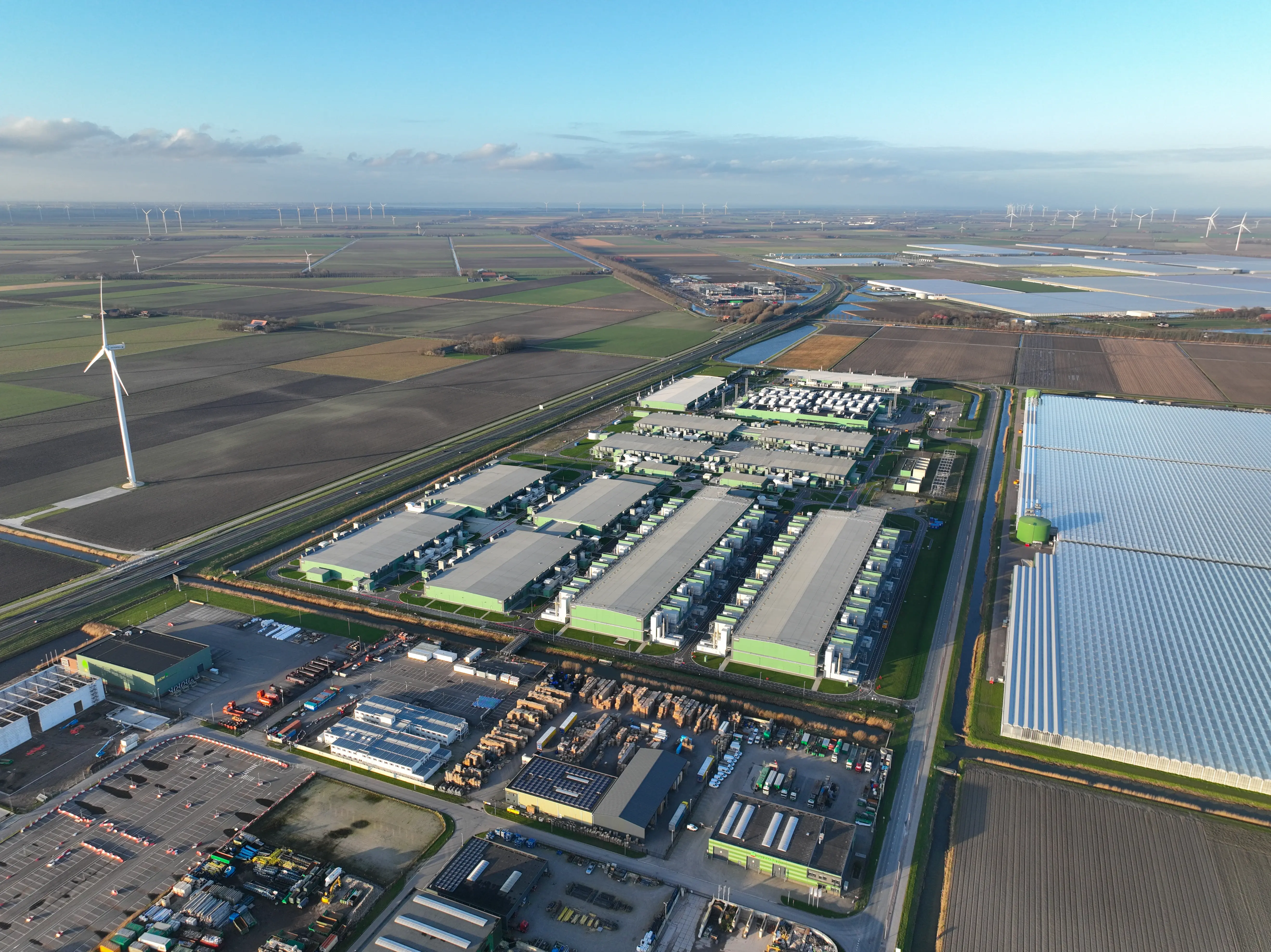The digital transformation shows no signs of slowing. As artificial intelligence (AI), cloud computing, and edge technologies accelerate, data centers are becoming the backbone of this new era.
In this post, we spotlight ten compelling statistics that illustrate how U.S. data centers are evolving to meet growing global demands—from surging energy usage to innovative cooling technologies.
1. Energy Use and Power Demand
U.S. data centers are projected to consume 12% of total national power by 2030, up from 4% in 2023. This sharp increase is driven by AI processing demands and the growing digitization of industries.
Why this matters: Power-ready sites are becoming increasingly scarce, intensifying competition for prime locations.
2. AI-Driven Demand Surge
According to industry surveys, 80% of data center professionals expect substantial capacity increases, with 64% already deploying AI-capable solutions to manage workloads.
Why this matters: Facilities are starting to require greater scalability, higher power densities, and advanced cooling systems to handle AI-intensive workloads — pushing operators to rethink layouts, power distribution, and cooling strategies from the ground up.
3. Rising Power Density
The average rack power density has surged from 8 kW to 17 kW in just two years. Forecasts suggest it could reach 30–50 kW per rack by 2027, driven by the adoption of GPU-intensive AI hardware.
Why this matters: Facilities built to handle rising power densities offer a competitive edge. Operators that invest in robust infrastructure today will be better positioned to attract AI-driven tenants and scale capacity ahead of rivals.
4. AI-Focused Development Boom
AI-related projects are now the leading driver of new data center construction according to Newmarks’ 2025 outlook. $31.5 billion was spent on new developments in 2024 alone, expanding the pipeline to nearly 50 million square feet, double that of five years ago.
Why this matters: AI-driven construction is fueling rapid data center growth, giving suppliers a prime chance to get in early and secure long-term contracts as essential partners.
5. Renewable Energy Integration
Zero-carbon energy sources now supply 42% of U.S. electricity, with U.S. tech companies contracting nearly 48 GW of clean energy since early 2024 — a 66% year-over-year increase.
Why this matters: Sites near renewable sources are now critical to meeting corporate sustainability mandates and mitigating operational risks.
6. Liquid Cooling Market Growth
The U.S. data center cooling market, valued at $4.31 billion in 2023, is projected to grow to $8.34 billion by 2029, largely due to increased adoption of liquid cooling technologies.
Why this matters: Rising cooling needs, especially for liquid systems, will make sites with water access, strong power capacity, and fiber connectivity prime targets for future data center builds.
7. Edge Computing Expansion
The U.S. edge data center market is poised to grow from $7.2 billion in 2025 to $46.2 billion by 2033. This reflects rising demand for processing power closer to end users.
Why this matters: Edge data centers are creating demand in nontraditional markets, pushing developers to secure land near end users to enable faster and more localized processing.
8. Persistently Low Vacancy Rates
In 2024, vacancy rates in major U.S. data center markets ranged from 1.9% to 2.6%, signaling intense demand and limited availability.
Why this matters: Low vacancy among colocation providers is straining access to critical digital infrastructure.
9. Preleased Capacity
Between 72% and 83% of data center construction in late 2024 was already preleased. This has extended average wait times for new capacity to over 24 months.
Why this matters: Preleasing in colocation centers signals a tightening supply, pushing providers and tenants to plan years ahead to avoid missing out on growth opportunities.
10. Data Center Development
North America's eight primary data center markets completed 6,922.6 MW of new supply in 2024 — a 34% increase year-over-year, outpacing the previous year’s growth rate.
These eight primary U.S. markets include Northern Virginia, Dallas-Fort Worth, Silicon Valley, Chicago, Phoenix, New York Tri-State, Atlanta and Hillsboro.
Why this matters: With construction lagging behind demand due to power constraints, developers are shifting to secondary markets where power is more accessible. Staying alert to these emerging areas offers suppliers a chance to get ahead before projects are announced.
Fueled by AI, edge computing, and rising energy demands, operators are innovating at every level — from construction to cooling and renewable energy integration. Understanding these trends helps landowners, developers, and investors stay ahead in a rapidly evolving market.
Capacity is tight and competition is fierce — stay ahead of your competitors with exclusive intel on emerging data center hubs. Contact our sales team today to learn how the Acres Data Center Index can help you plan future business impact.
